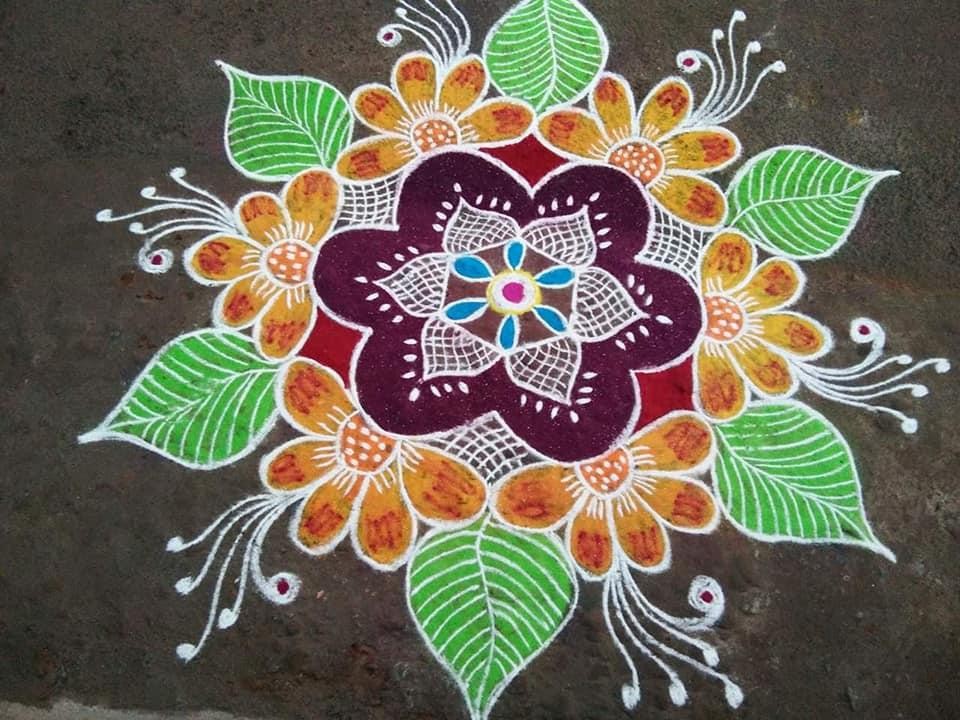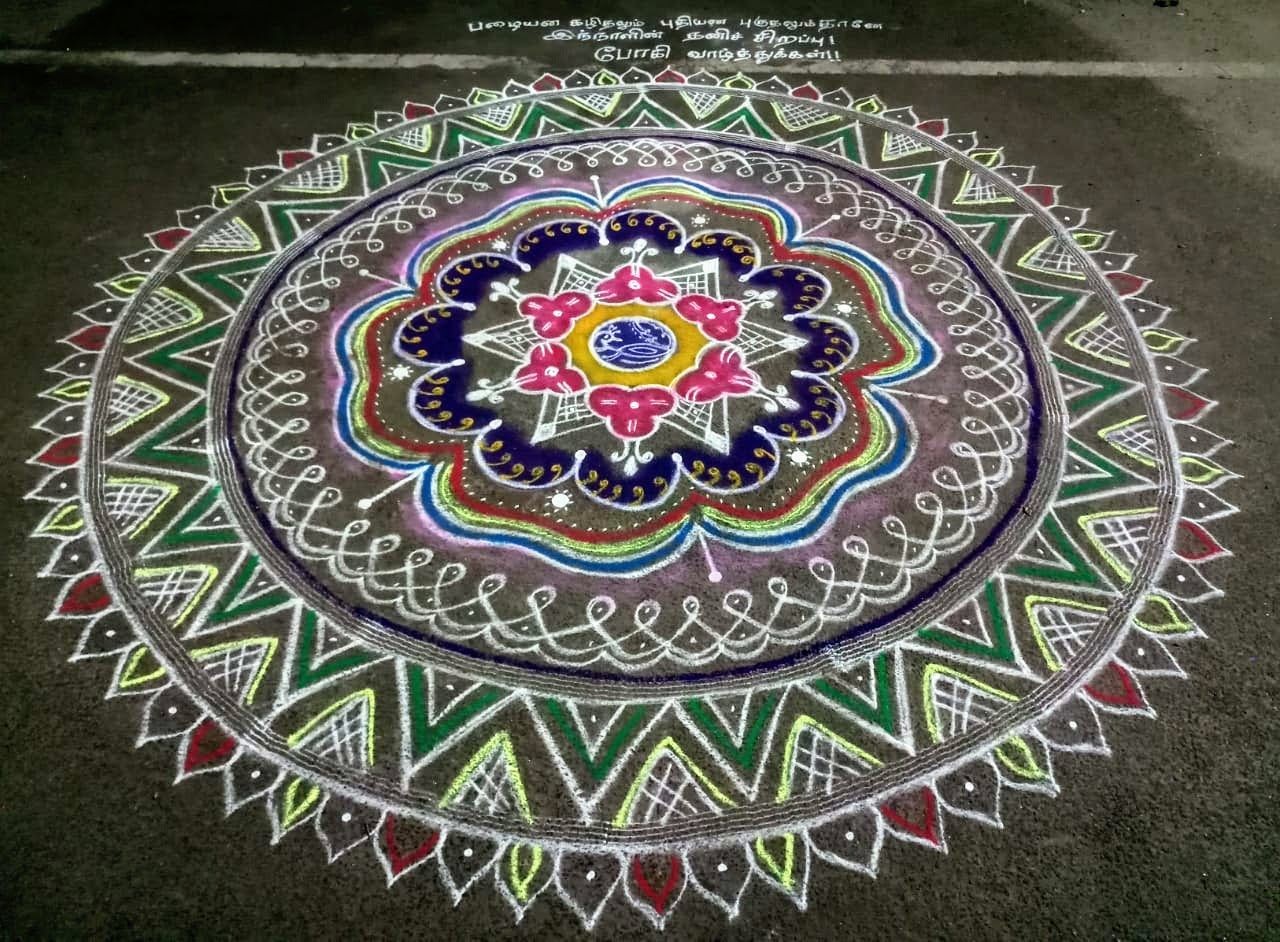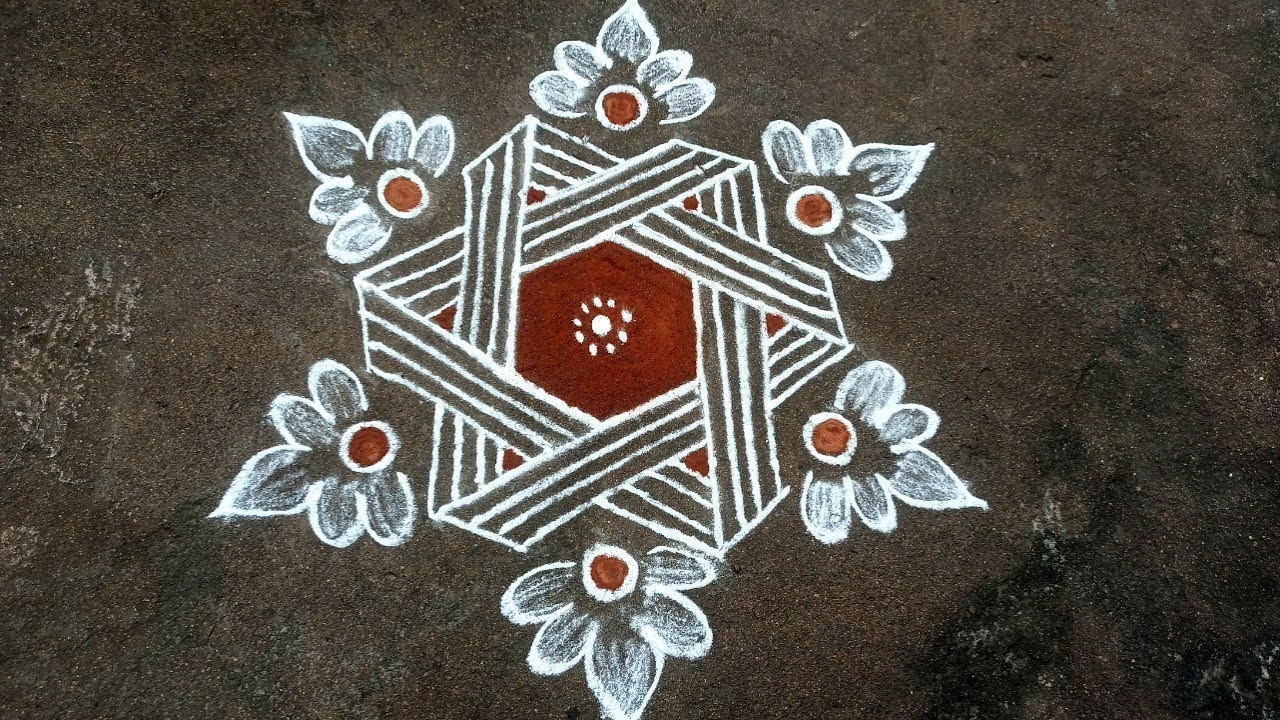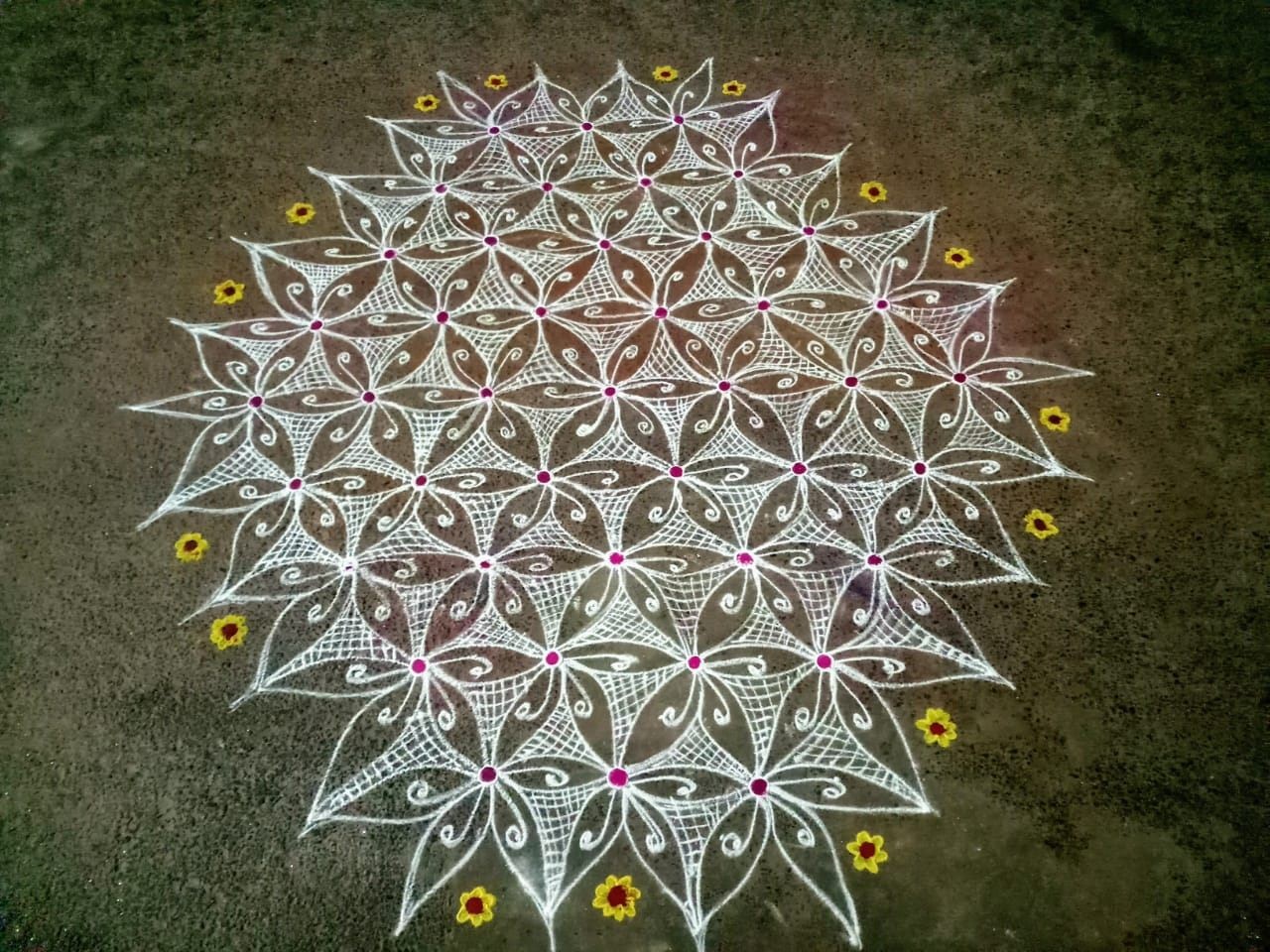Within the canvas of mathematical abstraction, the brush strokes of creativity paint the masterpiece of artistic expression.
Symphony of Shapes: Where Mathematics Meets Art
In the heart of a bustling city, where the rhythms of life danced through the streets like a symphony, there existed a peculiar intersection where art and mathematics collided in a harmonious fusion. Here, amidst the cacophony of urban life, a small gallery stood, its walls adorned not only with vibrant canvases but also with the intricate patterns of equations. Inside, visitors were greeted not only by the splendor of color and form but also by the elegance of mathematical precision. Each piece whispered tales of beauty derived from abstractness, purity, and orderliness. Mathematicians and artists alike found themselves drawn to this sanctuary, where creativity flowed freely, unrestricted by the boundaries between disciplines.
Among the works displayed, there was a canvas adorned with swirling fractals, each curve a testament to the infinite depths of mathematical exploration. Visitors marvelled at the intricate patterns, mesmerized by the symphony of shapes unfolding before their eyes. Here, mathematics transcended its role as a mere tool and emerged as a muse, inspiring artists to weave its complexities into their creations. In another corner of the gallery, a sculpture stood, its form an embodiment of geometric perfection. As visitors circled it, they marvelled at how the artist had transformed abstract mathematical concepts into tangible beauty. Each angle, each curve, spoke of the meticulous craftsmanship born from a deep understanding of mathematical principles.
But perhaps most captivating of all were the animations that adorned the gallery’s walls, each frame a masterpiece of mathematical expression. As visitors watched, mesmerized, mathematical formulas came to life, dancing across the screen in a mesmerizing display of artistry and intellect. Here, mathematics and art were no longer separate entities but rather intertwined threads in the rich tapestry of human creativity. As the sun dipped below the horizon, casting a warm glow over the city streets, visitors lingered in the gallery, reluctant to tear themselves away from the beauty that surrounded them. For in this magical space where mathematics and art converged, they had found not only inspiration but also a deeper understanding of the boundless creativity that lies at the intersection of these two disciplines.
The World is Full of Natural Visual Patterns
Mathematical beauty is the aesthetic pleasure derived from the abstractness, purity, simplicity, depth or orderliness of mathematics. Mathematicians may express this pleasure by describing mathematics (or, at least, some aspect of mathematics) as beautiful or describing mathematics as an art form or, at a minimum, as a creative activity. Comparisons are made with music and poetry. Mathematics and Art are related in a variety of ways. Mathematics has itself been described as an art motivated by beauty. Mathematics can be discerned in arts such as music, dance, painting, architecture, sculpture, and textiles. Nowadays it is possible to create beautiful works of art by using mathematical formulas and stunning animations.

Artists around the world have used mathematics in creative ways to contribute to their designs. From the use of geometry to creating optical illusions with patterns and proportions. Mathematics plays a muse in many different art forms.

Ancient Indian Art Utilizes Mathematics
Before the first rays of sunlight stream across the rice fields and mud roads in the Nilgiri Mountains, before they force their way through the high-rises in the urban jungle of Chennai and Madurai, the women of Tamil Nadu are up for the day. All over south India, an almost identical ritual takes place wherein the threshold of the home is swept, washed, and cleaned with a sprinkling of water, and a handful of white powdered rice or sandstone, a beautiful pattern is pinched out from the forefingers. A centuries-long tradition, of painstakingly drawing beautiful, ritualistic designs called Kolam, using rice flour.

Art of Language
The kolam is not only a showcase of artistry, imagination, and offering to the Bhoomi, but also a complex, symmetrical picture language. Kolams have symmetry, patterned repetition, closed continuous curves, and curve families, all of which have applications and meaning in mathematics and computer science language theories. Computer scientists have also used kolams to teach computer language fundamentals. Kolam designs can be studied as a picture language. Quoting Ascher, Nagarajan notes that
“akin to natural languages and computer languages, picture languages are made up of restricted sets of basic units and specific, formal rules for putting the units together.”
Teaching the computer to draw kolams gave computer scientists insight into how picture languages function, which they then used to create new languages.
“It’s actually helping computer scientists understand something elemental about their own work,” said Nagarajan, in a presentation on the geometry of kolam.
who lives in Chennai and has been making kolams for more than half a century.
Artistic Ritual
Today, the tradition of making kolam is wrestling with time, short attention spans, and porch-less apartment living. It is grappling with changing affiliations to divinity and changing displays of community among women. Kolam competitions during festivals are now one of the few opportunities to showcase this artistic ritual. Although fewer Tamils are making the kolam today, the competitions allow for more inclusivity, welcoming all who are interested to participate in this traditionally Hindu ritual.
During Margazi, an auspicious month of Bhakti where many gather in the streets of Tamilnadu to create Kolams like the popular Padi Kolam which is made up of parallel lines crossing over each other and decorated with other floral patterns around the square base.

Kolam is meant to be ephemeral: the rice flour pattern gradually fades as day turns to dusk, trodden upon by visitors, family members, the odd bicycle, mailman, or stray animals. Holes appear in the design from tiny ants or nibbling bugs. But as the ritual of making kolam itself is fading away, perhaps as a counter to this loss, more and more kolam makers are turning to powders and acrylic paints that will hold the design for longer. The traditional kolam continues to be made with rice flour and Kavi, red ochre considered sacred. This is the kolam drawn within the temple sanctum sanctorum, for the eyes of the gods, says Purandhar. But the elaborate kolam displays entered in competitions and drawn on the streets of Tamil Nadu during the Pongal festival use a variety of coloured powders, to the consternation of traditionalists who rue that kolam is becoming more like the rangoli of North India—similar floor art made with coloured rice flour, stone powders, or flower petals that follows a different set of design principles.
Ritual designs, made with coloured rice flour or flower petals, are offered to gods all over India. The alpana in West Bengal, jhoti or Chita in Odisha, muggulu in Andhra Pradesh, and aripana in Bihar are only some of the design traditions that liven up thresholds across the country.

Next time you go for an early morning stroll, take a minute to watch the kolams being drawn, to see mathematicians-artists make science and art come alive before your eyes.
Reference
Dr. Gift Siromoney. “KOLAM”. Chennai Mathematical Institute. Retrieved 12 January 2012.
“Kolams”. Auroville. Archived from the original on 30 December 2011. Retrieved 12 January 2012.
“Traditional customs and practices - Kolams”. Indian Heritage. Retrieved 13 January 2012.